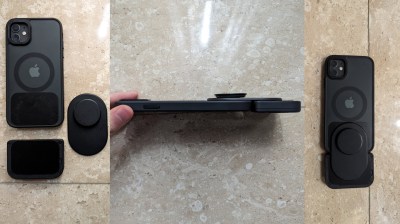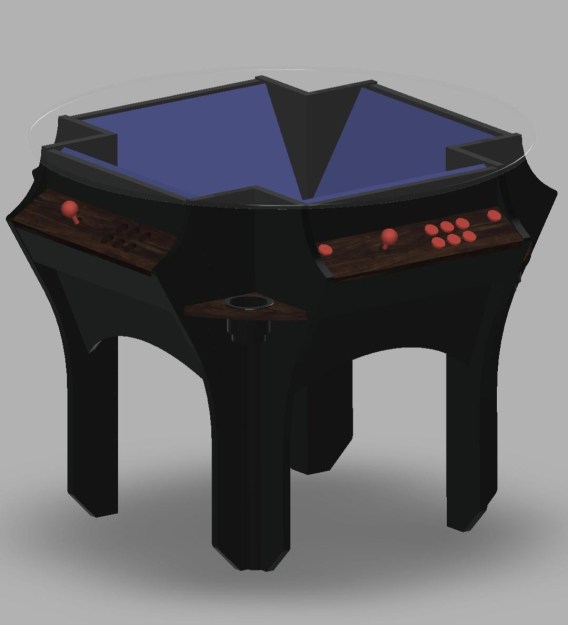What’s solder for, anyway? It’s just the stuff that sticks the parts to the PCB. If you’re rapid prototyping, possibly with expensive components, and want to be able to remove chips from the board easily when you spin up the next iteration, it would be great if you didn’t have to de-solder them to move on. If only you could hold the parts without the solder…
That’s exactly the goal behind [Zeyu Yan] et al’s SolderlessPCB, which uses custom 3D printed plastic covers to do the holding. And it has the knock-on benefit of serving as a simple case.
In their paper, they document some clever topologies to make sure that the parts are held down firmly to the board, with the majority of the force coming from screws. We especially like the little hold-down wings for use with SMD capacitors or resistors, although we could absolutely see saving the technique exclusively for the more high value components to simplify design work on the 3DP frame. Still, with the ability to automatically generate 3D models of the board, parts included, this should be something that can be automated away.
The group is doing this with SLA 3D printing, and we imagine that the resolution is important. You could try it with an FDM printer, though. Let us know if you do!
This is the same research group that is responsible for the laser-cut sheet-PCB origami. There’s clearly some creative thinking going on over there.




















